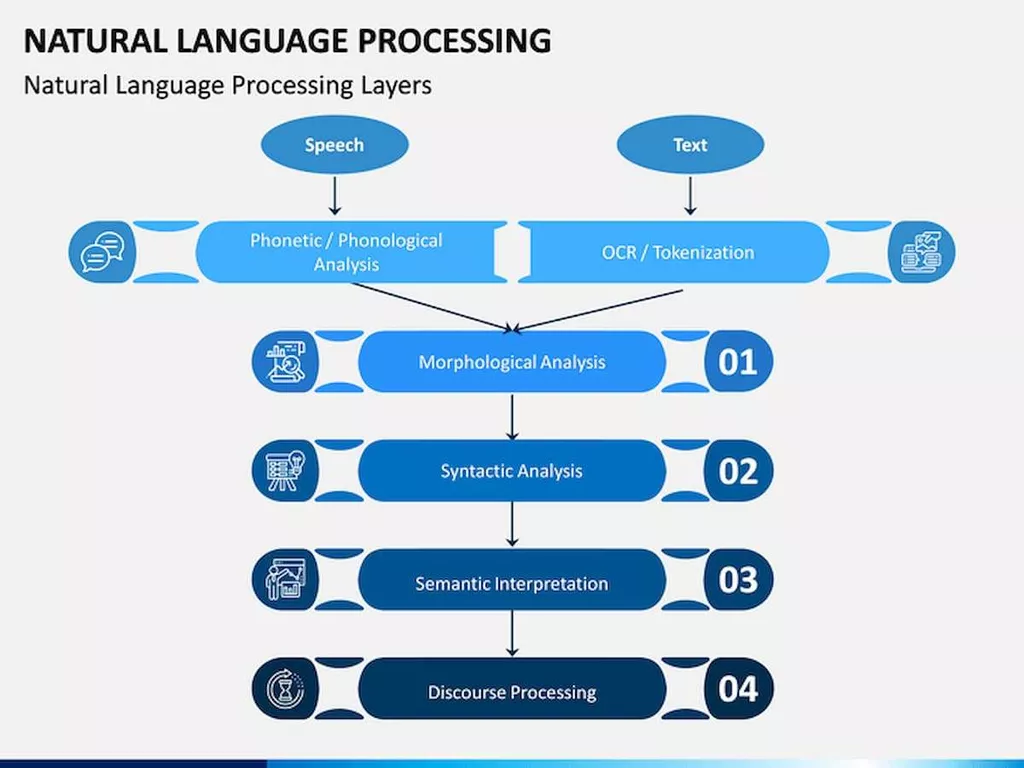The process of building personal rapport between individuals before anything else happens is a critical step to long-term team success. Without having those personal relationships undergirding their professional ones, teams are prone to tension, conflict and failure. The 5 stages of team development created by Bruce Tuckman almost six decades ago serve precisely that purpose. Teammates move beyond the introductory forming stage and start putting plans into action. At this point, teammates have built up enough trust to feel safe sharing honest opinions with the others. In terms of the dating metaphor, this stage is akin to a couple’s first fight, a disagreement over something silly like a comment over a movie or a mess in the sink.

LogRocket identifies friction points in the user experience so you can make informed decisions about product and design changes that must happen to hit your goals. With LogRocket, you can understand the scope of the issues affecting your product and prioritize the changes that need to be made. LogRocket simplifies workflows by allowing Engineering and Design teams to work from the same data as you, eliminating any confusion about what needs to be done. This investment will yield significant dividends in the long run. In its initial stages, a new team operates with average efficiency. As it begins working on challenging tasks and conflicts arise, there’s usually a dip in effectiveness.
Building effective teams and the importance of team development
At the forming stage, use Fellow to plan for your team’s future. Our 500+ ready-to-use meeting agenda templates make it easy to host project kickoff meetings, brainstorming sessions, and more. Share a collaborative meeting agenda with the group and take notes in real-time as you iron out big ideas. When phases of team development you think of the term team development, a few things probably come to mind. You likely think of how a team facilitates continuous growth, works to develop new skills, and improves performance. What if we told you that the way a team develops is similar to how humans evolve through different life stages?

The challenge now is to move a bit faster while keeping the quality of your work high. There’s a new initiative to run at and you’re keen to get started. You’re not sure who is doing what, or how to break this epic project into smaller components. The quality of your team dynamics significantly impacts the quality of your outcomes. You can’t just assemble a random group of people and expect them to deliver exceptional results. On the other hand, you must ensure that the team has most of the ownership over their direction and how they handle challenges.
What makes the Tuckman model so successful?
This view makes it easy to spot any bottlenecks and the drag-and-drop functionality means you can swiftly move tasks around to adjust your team’s workload. We transform basic metrics into https://www.globalcloudteam.com/ actionable insights, optimizing each project’s or client’s return on time. It’s time tracking designed to drive profitability and growth, without compromising the well-being of your team.

Team members tend to approach each other and their duties cautiously, so there is usually a lack of conflict and almost no risk taking. Individuals also tend to work alone and are hesitant to collaborate, leaving a serious lack of teamwork and camaraderie. The Adjourning stage is often a time of reflection for team members as they consider what they’ve accomplished and how they can apply the lessons learned to future projects. This stage is exactly as it sounds — a storm is brewing, and it can be a very chaotic time. Tensions are high as the team tries to figure out its new dynamics and how everyone will work together. This is often when personality clashes start to occur, as people begin to assert themselves and their individual strengths and weaknesses come to light.
Norming to Performing
Team cohesiveness is the extent that members are attracted to the team and are motivated to remain in the team. Members of highly cohesive teams value their membership, are committed to team activities, and gain satisfaction from team success. They try to conform to norms because they want to maintain their relationships in the team and they want to meet team expectations. Teams with strong performance norms and high cohesiveness are high performing.
Adjourning is characterized by a winding down of project activities and the release of team members back into their respective functional areas or onto new projects. This phase can be filled with mixed emotions — satisfaction at having successfully completed the project, sadness at parting ways with team members, or anxiety about what lies ahead. Teams that successfully traverse all these phases are what we refer to when we mention “top performers”.
A guide to transformational leadership
A leader’s role at this stage is to encourage cooperation, leverage the strengths of each individual and, again, identify and resolve conflicts before they get out of hand. Encourage members to roll up their sleeves and work collaboratively. At this stage, having the skills to facilitate open dialogue and enforce accountability is critical. Resistance to assigned tasks and bristling at certain rules or methods may occur. At this stage, members often begin to question the wisdom of the project at hand or even the purpose of the team itself. The initial stage is usually marked by a mixture of attitudes and feelings.

Stein believes “Having a way to identify and understand causes for changes in the team behaviors can help the team maximize its process and its productivity.” The fourth stage of team development is usually where teams reach their peak performance. This is because the level of cohesion and trust between team members has steadily increased over the three previous stages. Tensions may run high at stage two, so leaders can guide their team through this time by scheduling exciting team-building activities that foster understanding. During the storming stage, have employees take personality tests that recognize skills and identify shortcomings.
How to make storming run smoothly
In a Deloitte survey, 94% of senior executives and 88% of employees stated that workplace dynamics is important for achieving business goals. It is also a great time to reflect on your past mistakes and celebrate achievements. Team players have already got used to each other’s styles and willingly cooperate, feeling comfortable in their groups.
- Eventually, team members get comfortable with one another and shed some of their apprehension from the previous stage around voicing their opinions and voicing their perspectives.
- Allocate tasks efficiently with Toggl Plan and monitor work hours with Toggl Track.
- These stages are steps in the team building process and are similar to team building best practices.
- In the 1960s, a strategy was developed by Bruce Tuckman that aimed to explain the process of how a team evolves and functions.
- If you reflect on them, they’ll tell you a cohesive story about their strengths, needs and performance.
To maintain group harmony, team members keep things simple and avoid controversy and conflict. When people are brought together as a team, they don’t necessarily function as a team right from the start. According to our Project Management Statistics 2021, an astonishing 92% of people believe that collaboration with their teammates could be improved. A kanban board gives you a visual overview of all of the tasks for your project, so you can keep an eye on any bottlenecks or areas of pressure. Gallup have been studying relationships at work for over thirty years and their research has consistently found that having a best friend at work leads to better performance. There are a few things you can do to reduce the intensity and duration of your storms.
Try a new kind of team building.
It’s an essential step that all teams must go through as they mature. As a leader, your primary objective during the forming stage is to provide clarity to your team. Continually remind them of the vision you’re striving toward, the goals that lie ahead, and why these objectives are significant. The performing stage is a clear indication that your team is in a state of alignment. They not only understand how to ask for help, but they’ve also developed a gauge for when it’s an opportune moment to speak up, and involve you. This is because your team recognizes how they can trust you and each other in order to complete tasks, move towards their objectives and rely on each other for help.
